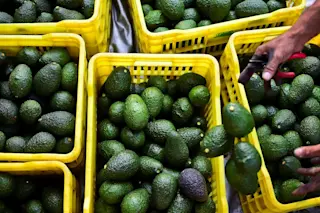Each year the United States generates more than 12 million tons of human and industrial waste, most of which ends up in landfills. So two Florida researchers are helping to resurrect a disposal technique used by farmers during the 1930s: dumping waste on fields to fertilize crops. Martin Adjei, a professor of agronomy at the University of Florida, compared the efficacy of different forms of sludge (liquid, lime-treated, and dried) with that of traditional nitrogen fertilizer on Bahia grass, a common forage crop. Liquid sludge produced as much plant growth as did the chemical fertilizer, and sludge-treated crops contained a higher content of phosphorus, iron, and zinc.
Adjei says fears that toxic household chemicals or infectious bacteria and viruses might persist in sewage sludge are unfounded. Most organic compounds degrade during the treatment process that converts wastewater to sludge, and infectious organisms die when exposed to ultraviolet rays in sunlight. ...














